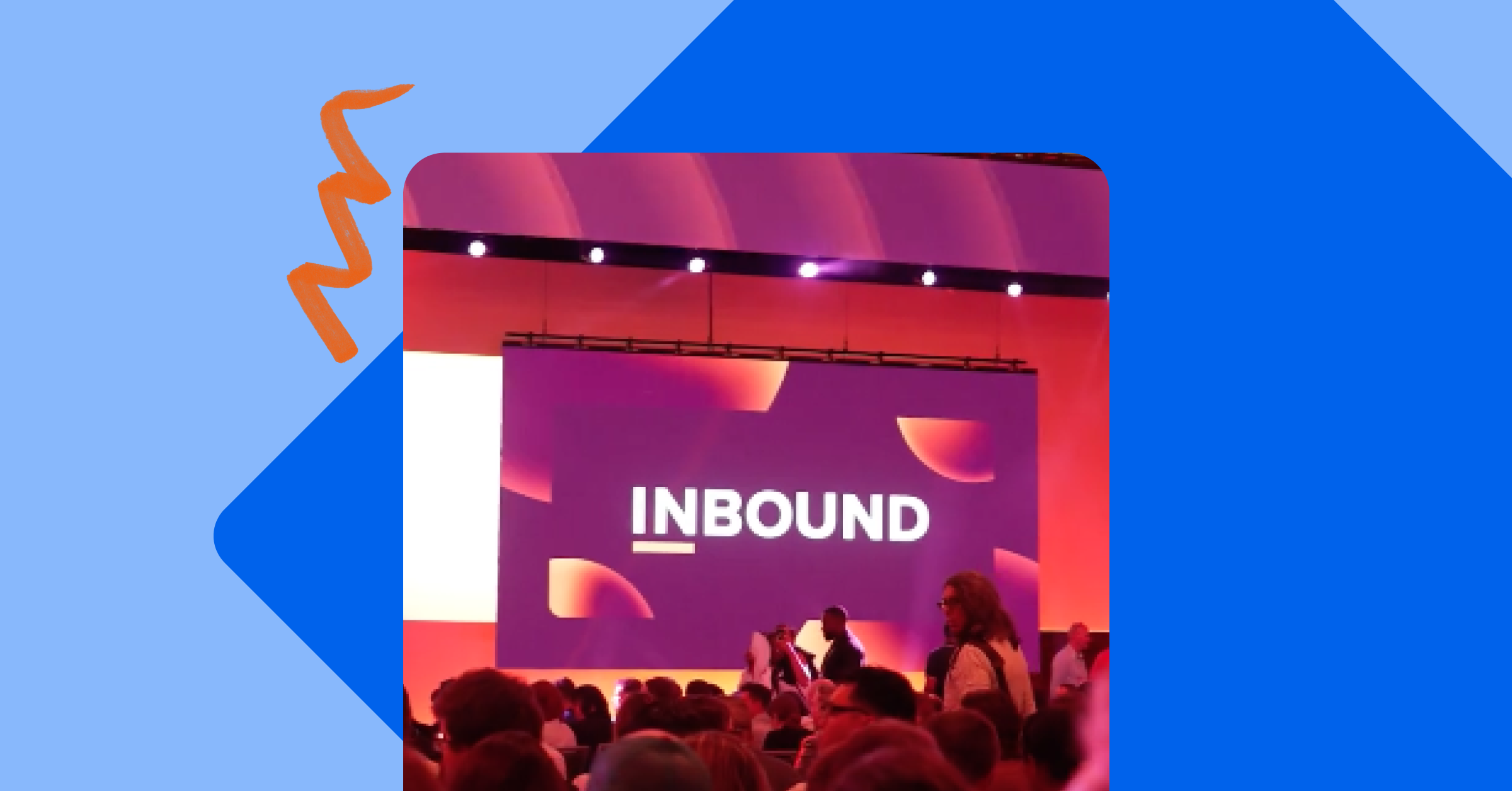Why Facebook’s Latest Algorithm Change is a Big Deal for Enrollment Marketers

August 18, 2016

Last Tuesday, people around the globe cheered for Michael Phelps as he won his 20th gold medal at this year’s Olympic Games in Rio. As people around the world tuned in to watch Phelps accomplish something no other Olympian ever has, the largest social network on the planet made a somewhat “game-changing” update to its algorithms.
On August 9th, Facebook informed publishers and brands that the latest update to its algorithms — effective immediately — would be “blocking” ad-blocking software across its platform, cracking down on “click-bait” posts, and favoring content that is educational and resourceful in nature (similar to Google’s quality update from last year).
According to an article recently published in the New York Times, “Facebook’s move is perhaps the strongest anti-ad-blocking measure taken by a major technology company.” But what exactly do these updates mean? And how do they affect your enrollment marketing strategy?
Here’s what you need to know:
1. Saying “no” to ad blocking software and “yes” to content promotions is huge.
From the genesis of Facebook advertising options, the social network has been wary of ads that are intrusive, irrelevant, and overtly sales-y. Since AdBlock currently has 400 million users, Facebook knew that if it went so far as to block AdBlock, it would need to ensure that ads on its network were highly relevant, contextual, and valuable to its audiences — and that’s exactly what they’ve done.
Facebook wants businesses, brands, and institutions to be smart about the content they promote. Not only is Facebook blocking AdBlock, they’ll go so far as to block your ads if they’re too general or too “recruitment” focused.
By promoting resourceful content (things like free guides, eBooks, infographics, etc.) instead of strictly recruitment-oriented content (things like “Apply Now”, “Come to an Information Session”, etc.), you’ll not only be playing nice with Facebook, but you’ll also be on your way to building your school’s brand as a true thought leader.
This update creates a huge opportunity for institutions (both at the undergraduate and graduate level) to attract new students on Facebook by promoting rich, educational content to intelligently defined audiences based on your school’s personas.
(Note: Our client’s generate between 50-100 percent more new inquires when promoting resources than when promoting recruitment-specific content!).
2. Facebook’s “Feed Quality Program” is going to allow people to see the ad promotions they actually care about.
Still, Facebook will continue to let people have some control over the ads they do and do not see. The social network also introduced an overhauled version of its ad preferences tool, which allows people to opt out of seeing certain types of ads on the site (and “thumbs-up” the ads they do like).
By developing, publishing, and promoting premium content on Facebook, your institution’s page will have a better chance of getting a “thumbs up” from users. As more people “like” the content you promote, Facebook actually increases the size of your target audience, which enables you to reach more relevant audiences more easily (this also makes targeting much more affordable).
3. Click-bait headlines are being forced to go “bye bye”.
Finally, Facebook has implemented an algorithmic filter that is similar to how many email spam filters work. Essentially, this filter looks for common phrasing and words used in clickbait headlines (think “You’ll NEVER guess what happens next” or “You’re not going to want to miss this — click here now!”).
Facebook has actually begun to penalize these posts along with the pages that share the posts. This means that if you publish blog content that is to “clickbait-y,” not only do you run the risk of having your post taken down, your page also risk being “flagged” (which means that Facebook will bump your content down in people’s newsfeeds making it harder for both your existing — and especially new audiences — find your content).
Don’t undermine the value of good content. Not every blog post needs to be a Pulitzer, but every piece of content you produce needs to be both contextual and valuable to the needs, problems, and desires of the students you are striving to attract.
So what’s the takeaway here? The biggest, baddest social network in town has made two incredibly bold statements:
- Ads are important, and they enable social content platforms to be free for users and businesses alike — so adios AdBlock!
- Businesses and — for our purposes — institutions need to take the time to nurture and engage their target audiences with content that helps solve their problems or risk being flagged/blocked by Facebook itself.
This latest Facebook algorithmic change is yet another reason why institutions of all shapes and sizes are adopting inbound marketing strategies for student recruitment. Enrollment marketers can’t afford to have their digital marketing strategies interrupted — or heaven-forbid canceled — when a tech giant like Facebook wakes up one day and decides that their ads are too intrusive or irrelevant for its platform.
As more networks shift to favor the quality behind the content rather than simply the money that’s behind the content, it becomes less about which school has the larger advertising budget and more about which school is pouring its resources into developing content that best speaks to the needs, wants, and desires of their personas.
Interested in learning more about inbound marketing? Request a free inbound consultation below!
.jpg?width=286&height=190&name=sam%20and%20matt%20(1).jpg) EBOOK
EBOOK
See how schools are using HubSpot for their enrollment marketing
Service Categories: Enrollment Marketing, Digital Advertising, Social Media Marketing








.png)